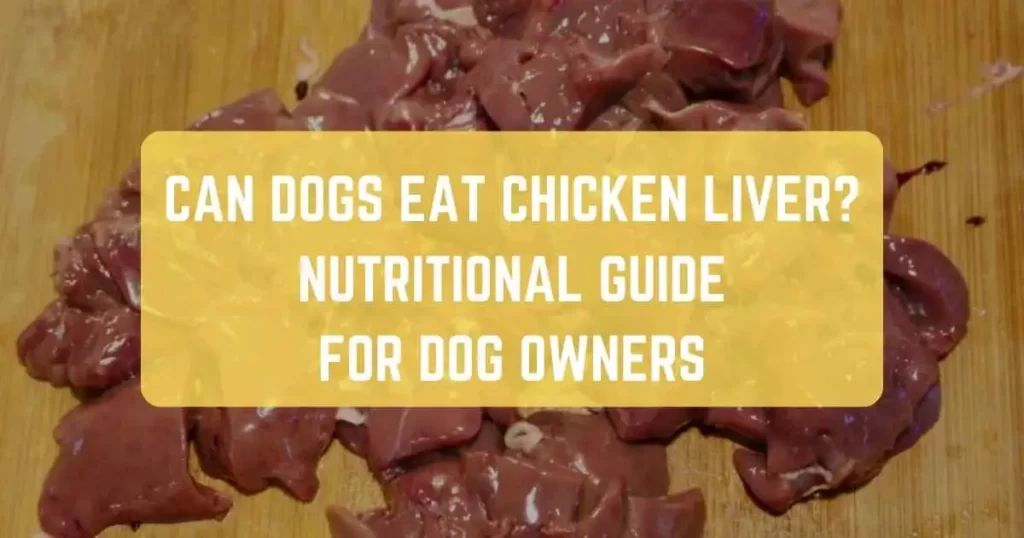
As pet parents, we’re always eager to provide the best for our furry companions, ensuring their safety and well-being.
Yet, there’s one question that looms in the minds of many – can you allow your dog to eat chicken legs? The urgency of this question lies in the potential benefits and risks, prompting us to delve deep into the physiological intricacies of our pets’ diets.
Let’s embark on this exploration, understanding the compelling reasons behind both the temptation and caution surrounding those delectable chicken legs.
Can Dogs Eat Chicken Legs?
Yes, dogs can eat chicken legs, but it comes with risks. Raw chicken legs may splinter, causing choking or intestinal issues. Cooked bones are more dangerous as they’re brittle and can harm your dog. Supervise closely if you choose to feed them.
Benefits of Chicken Legs For Dogs
Chicken legs can be a nutritious addition to your dog’s diet when handled correctly. Here are some of the potential benefits:
- Protein-Rich: Chicken legs are a great source of high-quality protein that helps in maintaining your dog’s muscles and overall health.
- Natural Source of Glucosamine: Chicken legs contain glucosamine, which can promote joint health and alleviate symptoms of arthritis in older dogs.
- Healthy Fats: Chicken skin provides essential fatty acids that contribute to your dog’s coat and skin health.
- Dental Health: Gnawing on raw chicken bones, like the neck or drumstick, can aid in cleaning your dog’s teeth, preventing plaque and tartar buildup.
- Taste and Variety: Dogs love the taste of chicken, making it a delicious and enjoyable treat for them.
Risks of Chicken Legs For Dogs
However, it’s crucial to be aware of the potential risks associated with feeding your dog chicken legs:
- Splinter Risk: Chicken bones can splinter, posing a danger of sharp fragments causing internal injuries to your dog’s digestive tract.
- Choking Hazard: Large pieces of chicken legs might get stuck in your dog’s throat, leading to choking.
- Bacterial Contamination: Raw chicken may contain harmful bacteria like Salmonella, which can make your dog sick.
- Supervision Required: Some dogs might gulp chicken bones whole, which can be hazardous.
- Cooked Bones: Cooked chicken bones can become brittle and splinter, making them unsafe for dogs.
How Do I Feed My Dog Chicken Legs?
If you want to feed your dog chicken legs, it’s essential to do it safely. Here’s how:
While raw chicken bones are generally safer than cooked ones, it’s crucial to supervise your dog closely while they’re chewing on raw chicken legs. Ensure that the pieces are of an appropriate size to prevent choking. It’s also advisable to consult your veterinarian or a professional in canine nutrition to ensure you’re making the right choice for your dog’s food.
What Happens When Dog Eats Chicken Leg?
When your dog consumes a chicken leg, several things can occur. If the bone is small and properly chewed, it may be digested without issues.
However, if your dog attempts to swallow large pieces or the bone breaks, it can lead to serious problems. In such cases, the bone may get stuck in the throat or digestive tract, causing pain and discomfort.
In rare instances, ingestion of sharp bone fragments can necessitate surgical intervention.
Alternatives To Chicken Legs
If you’re concerned about the risks associated with chicken legs or simply want to provide your dog with some variety, there are safer alternatives to consider:
- Chicken Feet: Chicken feet can be a suitable replacement for chicken legs in your dog’s raw diet, it gives your dog a unique texture and a source of beneficial nutrients.
- Chicken Breast: Skinless, boneless chicken breast can be a lean and safe protein option for your dog.
- Chicken Wings: Chicken wings, when properly prepared, can be a safer choice than chicken legs for your dog’s chewing enjoyment.
- Chicken Necks: Chicken necks are small, soft bones that are generally safer for your dog to consume, provided they are appropriately supervised.
- Beef Bones: Beef bones, such as marrow bones or knuckle bones, are firmer and less likely to splinter, providing a safe chewing option and a change of taste.
- Commercial Dog Food: Explore high-quality commercial dog food options, ensuring they meet your dog’s specific nutritional needs.
- Dog Treats: Opt for specially designed dog treats that incorporate raw meat or bone components, offering a tasty and safe snack for your pet.
Final Thought
In conclusion, while chicken legs can be a tasty and nutritious addition to your dog’s diet, they come with potential risks. Always consult your vet and consider the individual needs of your pet before introducing new foods, especially those involving bones.
Remember that supervision is key to ensuring your furry friend enjoys their meal without encountering any problems. Prioritize your dog’s health and well-being, and you’ll make informed choices for their diet that keep them happy and healthy.
Frequently Asked Questions
Can Dogs Eat Raw Chicken Legs?
Yes, dogs can eat raw chicken legs, but caution is essential. Make sure the bones are raw, not cooked, as cooked bones can splinter and harm dogs. Supervise to prevent choking hazards and ensure appropriate bone size for your dog’s safety.
Can Puppies Eat Chicken Legs?
Yes, puppies can eat chicken legs in moderation. Chicken provides protein for growth and glucosamine for joint health. Limit to 1-2 times a week once the puppy is 12 weeks old. Cut legs into bite-size pieces and supervise eating to prevent choking. Do not cook or season chicken legs.









